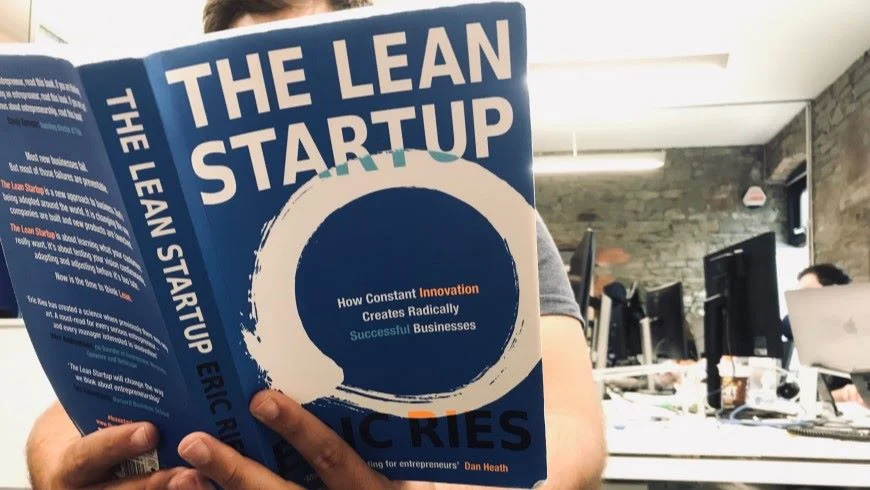Lean Startup is a new way of launching a company. Compared to a conventional business plan, the methodology enables entrepreneurs to test each aspect empirically before investing time and money in the company. As such, the method is less risky, allowing you to fail in advance.
Why is Lean Startup Becoming Popular
It’s a new way to launch a company
The Lean Startup method emphasizes experimentation and feedback over traditional design and elaborate planning. Though the concept is only a few years old, it has quickly become popular in the start-up world. As a result, many business schools are beginning to tailor their curriculum to incorporate this new approach to entrepreneurship.
The Lean Startup concept relies on the Build-Measure-Learn feedback loop. The goal is to reduce the time required to complete each cycle. To achieve this, startups must develop a Minimum Viable Product (MVP) as soon as possible. This early-stage product lacks some of the features customers most value, but is usable and can be quickly tested.
It’s less risky than a traditional business plan
The Lean Startup method is a proven way to reduce the risk of launching a business. Traditionally, entrepreneurs must write a business plan, gather the right team, pitch to investors, develop a product, market it, and make sales. However, this approach has its own risks. The typical startup fails within its first year. A lean startup helps to minimize these risks and allows businesses to develop their product incrementally without risking too much money.
The Lean Startup approach focuses on the product and the industry rather than a traditional business plan. Instead of focusing on projected financials and industry trends, a lean startup business plan sketches out a hypothesis based on the product. It also sketches out a problem and a solution, as well as the unique value proposition of the business. It also defines customer segments, a cost structure, and a revenue stream. Most importantly, it recognizes that change will happen.
It allows you to test each element of a business plan empirically
The Lean Startup is a method for analyzing and refining your business model. Its key principle is that every element of your business plan should be tested empirically. This method is similar to the scientific method of testing hypotheses, in which you can fail and learn from your mistakes. By conducting tests, you can refine your business model and ensure that it is serving the needs of your target market.
The Lean Startup process begins with a customer discovery process and a business model canvas, or lean canvas. During the discovery phase, you interview real customers to determine what they want. You then test your hypotheses about the value proposition and market fit. The objective is to develop a repeatable business model.
It encourages you to fail in advance
One of the most fundamental principles of the Lean Startup is that you should expect to fail. This approach is based on the Build-Measure-Learn feedback loop. If you follow this method, you can save both time and resources in developing your product or strategy.
The Lean Startup method advocates fast, iterative experiments and validated learning. By the end of the first iteration of your product or service, you will have acquired a small number of customers and gained valuable data. Silicon Valley entrepreneur Steve Blank says that all the data you need to make an informed decision is outside of your building. This process encourages you to experiment in advance to understand what your customers want and what they’re willing to pay for.
It’s derived from Toyota’s 1930 operating model
The principles of Lean Startup are derived from Toyota’s 1930 operating model, a system of continuous improvement. The core elements of the method are a systematic approach to problem-solving, and a series of step-by-step methods for analyzing and improving a Value Stream. The first step is the Clarify, Breakdown, and Set Target phase, which aims to determine the current state of the product and future state. The next step is to develop countermeasures and implement them, and finally monitor and share the results of the process.



